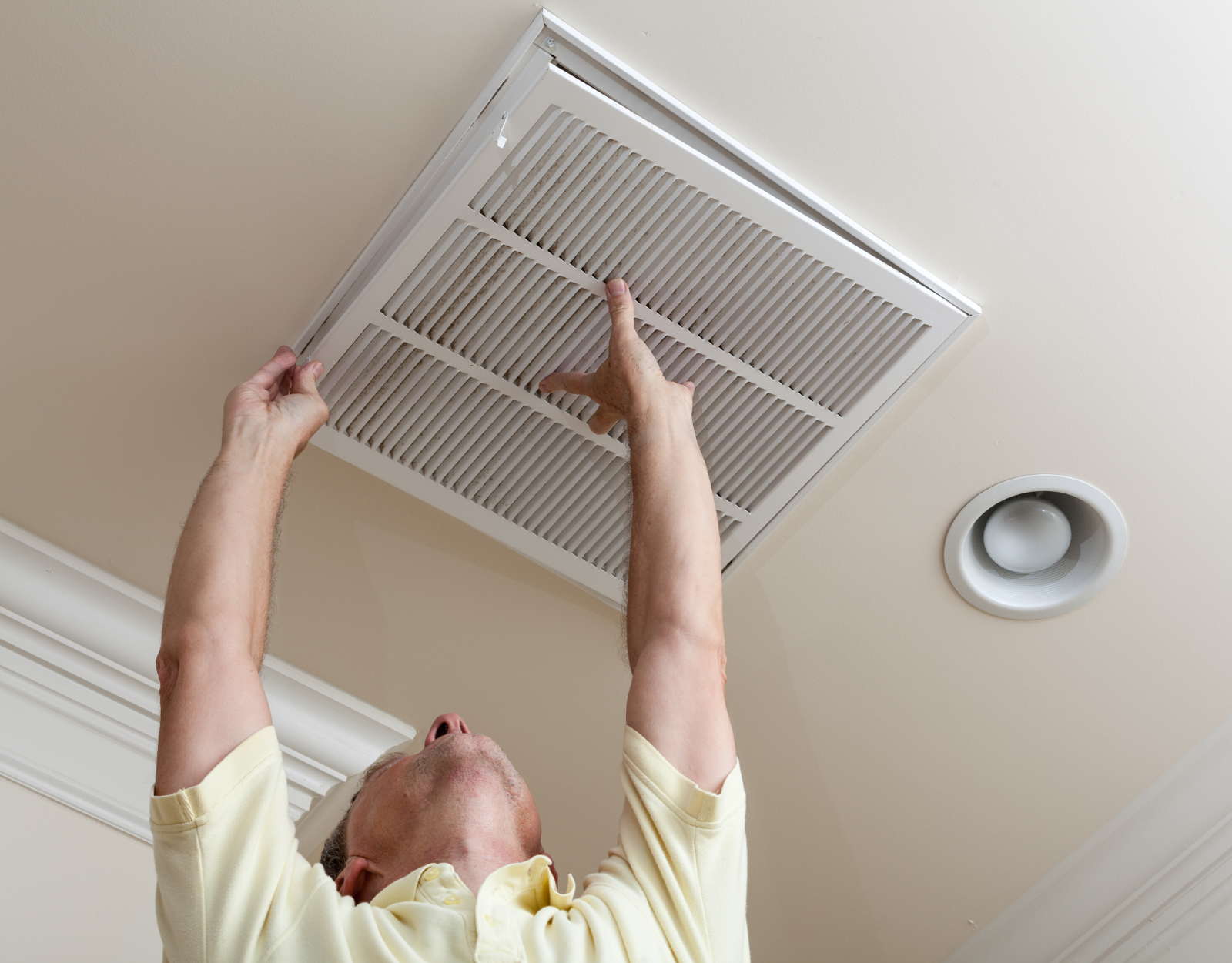Your HVAC system is important to your home. But maintaining your system’s quality is essential to its sustainability. We’re going to provide homeowners with an easy-to-follow guide on changing their HVAC filters.
A Comprehensive Guide to Changing Your Home’s HVAC Filters
As a homeowner, you will need to change your home’s HVAC filters occasionally. Your HVAC system is important to maintain a comfortable living environment by keeping it warm or cool and improving the overall air quality of your home. Today we’re going to provide a guide to changing your home’s HVAC filters.
Why Changing Your HVAC Filters are Important
There is a lot that can go wrong with your system, which is why changing your filters and providing overall maintenance is important.
Whether you have a furnace, heat pump, or HVAC, each one will have its own type of filter or screen designed to capture large airborne particles in your system.
With that said, these filters play an important role that aids in your system’s ability to function. If your filters are dirty, your system can experience a pressure change, leading to reduced airflow.
This ultimately leads to your system working harder to run as needed, which puts a strain on the entire system.
Another thing to keep in mind is that a dirty filter can become damp. Damp filters promote mold growth that can enter your home and spread throughout by way of the HVAC system.
Understanding HVAC Filters
There are various types of HVAC filters. Understanding the types of filters available is important before changing them.
For instance, most filters are disposable and made of biodegradable paper. Filters are also usually shaped in cells or screens. These filters function to trap airborne debris to keep your HVAC system working properly and keep the indoor air quality intact.
You can purchase filters in multi-packs and other varieties of filters to fit different models of furnaces and HVAC units.
It’s important to note that choosing the correct filter is essential. If you don’t choose the right filter for your system’s needs, you will experience the same problems as you would with a dirty filter.
Frequency of Filter Changes
In general, you should be getting your HVAC system serviced by a professional once a year.
Your HVAC is a complex system that contains many moving parts. As such, you will need a professional to check for common problems such as cracked and dry belts, gapped ventilation ductwork, and dirty air filters.
However, HVAC systems will typically get year-round use. This means that homeowners should be prepared to change their HVAC filters every three months for optimal efficiency.
Keep in mind that it may be necessary to change your HVAC’s filters more than every three months. Here are a few signs that let you know it’s time to get rid of those dirty filters and replace them with some fresh ones.
- You run your system at least six months a year
- You have a large family that contributes to more dust and debris throughout the home
- You have pets
- You smoke inside your home
- You own a fireplace that is occasionally in use
Signs You Need to Change Your Filter Immediately
Changing your filters regularly is a great way to keep your HVAC system functioning as intended. However, there are some instances when changing your filter immediately is necessary. Here are 3 things to consider.
- Damaged Filter: Many things can cause a damaged filter. For instance, a filter can become damaged in packaging or when you’re installing it.
- Damp Filter: Damp filter will quickly become moldy and spread mold spores throughout your home.
- Mold Growth on Filter: If you notice mold growth on your filter, it’s important to act immediately. Mold isn’t just bad for your system; it’s also bad for your health. Mold can irritate the respiratory system and even cause a severe allergic reaction.
Tips for Proper Filter Replacement
If you’re preparing to change your HVAC filters, there are a few tips you can follow for proper replacement. We’re going to share 4 easy tips to consider when changing your filters.
- Always turn off your system before replacing filters
- Follow the directions provided by your system to ensure you properly install the filter.
- Use a rag or cloth to clean up any residue dust before installing the new filter and after it’s installed.
- HVAC filters are often intended for one-directional airflow. Check for arrows indicating which way around you should install it
- Be sure to turn on your system and observe it once you’ve replaced your filters to make sure everything is working properly


